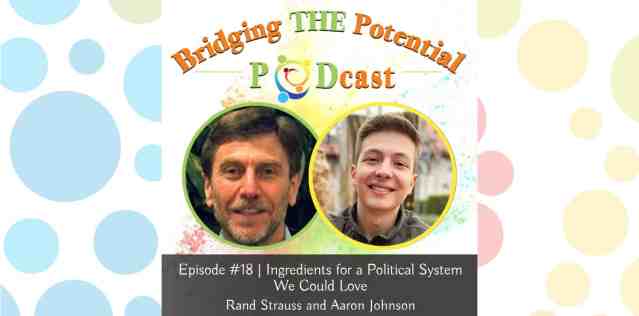The School in The Cloud

What if our Youth have the answers?
Answers to the questions that we would never think to ask?
During this pandemic, I have invited you to consider the perspective that the universe is the classroom, and that our kids can explore and discover what they are most curious about in a self-directed manner that will ultimately put our fears to bed. They are not being left behind.
Educational researcher Sugata Mitra, Indian physicist from New Delhi, is the winner of the 2013 TED prize for his talk about his wish to “Build a School in the Cloud,”where children can explore and learn from one another.
He tells his story of how he created an experiment in 1999, where he cut a hole in the brick wall that separated his office space from the slum that was right next door. In this hole, he installed a computer, with the screen and trackpad facing the slum. As he describes, he connected the computer to the internet, added a browser, and walked back to his office. “These kids did not speak English, were unfamiliar with computers, and certainly had no knowledge of the internet; yet within days, not only did they figure out how to move the mouse, they accessed the internet and were teaching each other how to surf the web.”
Since then, this experiment has been replicated not only throughout India but all over the world, always with the same outcome: Kids in small groups who were self-directed and unsupervised, and without any formal training, could learn to use computers very quickly and with a great deal of proficiency. Mitra eventually took a job as a professor of education at the University of Newcastle in England where he has developed a new primary school education which he calls “minimally invasive education.” One of the outcomes from this pursuit is the SOLES project—Self-Organized Learning Environments—which is now in several countries throughout the world.
THE SOLES is a toolkit that highlights the self-directed learning path, which is fueled by big, kid-created questions, self-discovery, sharing, and spontaneity. Self-Organized Learning Environments (SOLEs) are created when educators and/or parents encourage kids to work as a community to answer their own vibrant questions by using the internet.
What you need to make SOLE work:
- A computer ( 1 per 4 kids)
- A chalkboard or white board to write exploratory questions
- Internet access
Right now, this quarantine has created an opportunity for parents to actively participate in their child’s learning by cultivating a culture of curiosity in the home that reinforces and expands on what their kids have already learned in school. It naturally strengthens connections between parents and their kids while having fun.
Since schools and regular classrooms are closed, the Zoom platform can be used to bring small project groups together to collaborate.
You are going to LOVE witnessing what happens when kids are inspired to choose what they are learning and they find meaningful experiences that will be remembered much longer than any testing mechanism could ever evaluate.
Besides, enthusiasm is not difficult to measure and the joy of learning is a natural side benefit.






Responses